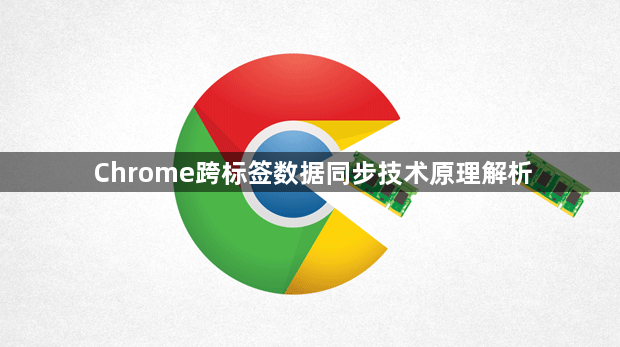首页 > Chrome跨标签数据同步技术原理解析
Chrome跨标签数据同步技术原理解析
来源:Google Chrome官网时间:2025-05-30

在Console输入`window.addEventListener('storage', function(e) { console.log(e.key) })`→打开新标签页修改LocalStorage数据→观察控制台打印键名(验证跨窗口通信触发条件)。
2. 使用BroadcastChannel API广播消息
执行`const bc = new BroadcastChannel('sync-channel')`→在标签A调用`bc.postMessage({type: 'update'})`→在标签B通过`bc.onmessage`接收事件并更新DOM元素。
3. SharedWorker实现后台数据共享
创建`worker.js`文件→写入`onconnect = e => e.ports[0].onmessage = event => postMessage(event.data * 2)`→主页面引入`new SharedWorker('worker.js')`并发送测试数据。
4. IndexedDB数据库同步方案
打开Application面板→点击IndexedDB查看当前数据库→在新标签页执行`db.transaction([], 'readwrite').objectStore('store').put({key: 'sync'})`→对比两个标签页的数据库记录差异。
5. PostMessage跨帧通信限制
在iframe页面运行`window.parent.postMessage({text: 'hello'}, '*')`→父页面监听`window.addEventListener('message', e => alert(e.data.text))`→验证不同源策略下的通信阻断效果。
6. Service Worker缓存同步策略
注册Service Worker脚本`self.addEventListener('install', e => e.waitUntil(caches.open('sync-cache').then(cache => cache.addAll(['/'])))`→在离线状态下修改数据→检查缓存与本地存储的一致性冲突处理。
谷歌浏览器网页视频弹出播放插件介绍,实现视频多任务播放,提升观看自由度和操作便捷性。
2025-06-22
分享Chrome浏览器自动清理浏览数据的详细设置方法,帮助用户保护隐私并提升浏览性能。
2025-05-27
Google浏览器页面切换卡顿,关闭无用插件并开启硬件加速,提高切换流畅度和使用体验。
2025-07-14
谷歌浏览器支持下载任务异常快速修复,分享实用方法和步骤,帮助用户迅速恢复下载任务正常运行。
2025-07-22
google浏览器支持网页截图并添加注释,方便用户记录和分享网页内容,提高工作和学习效率。
2025-07-01
谷歌浏览器安全浏览功能升级介绍及体验着重讲解新版增强的安全机制,提升用户上网的安全防护能力。
2025-06-19

